With spring here and summer just around the bend, many of us are preparing our grills for a lengthy season of outdoor cooking (and eating).
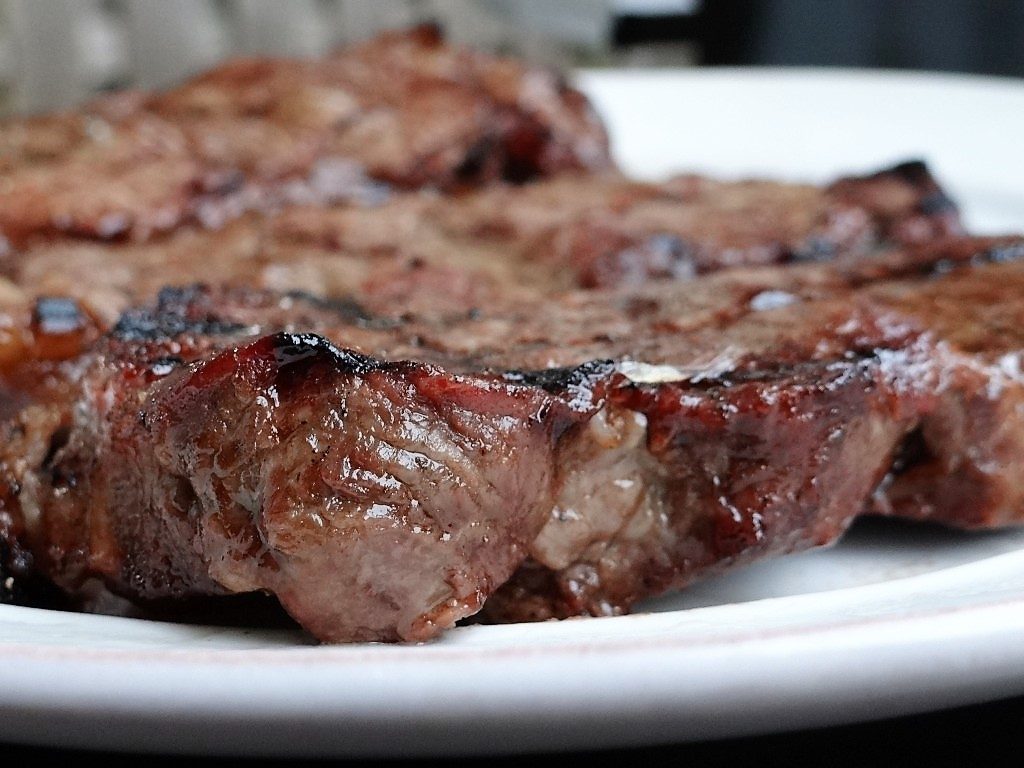
Though I may not cook much (my wife will tell you that), outdoor grilling is one of my favorite pastimes. I declare it “social cooking,” where family and friends come over on the deck or patio to drink cool, refreshing beverages while the smell of burning charcoal and meat being barbecued permeate the air.
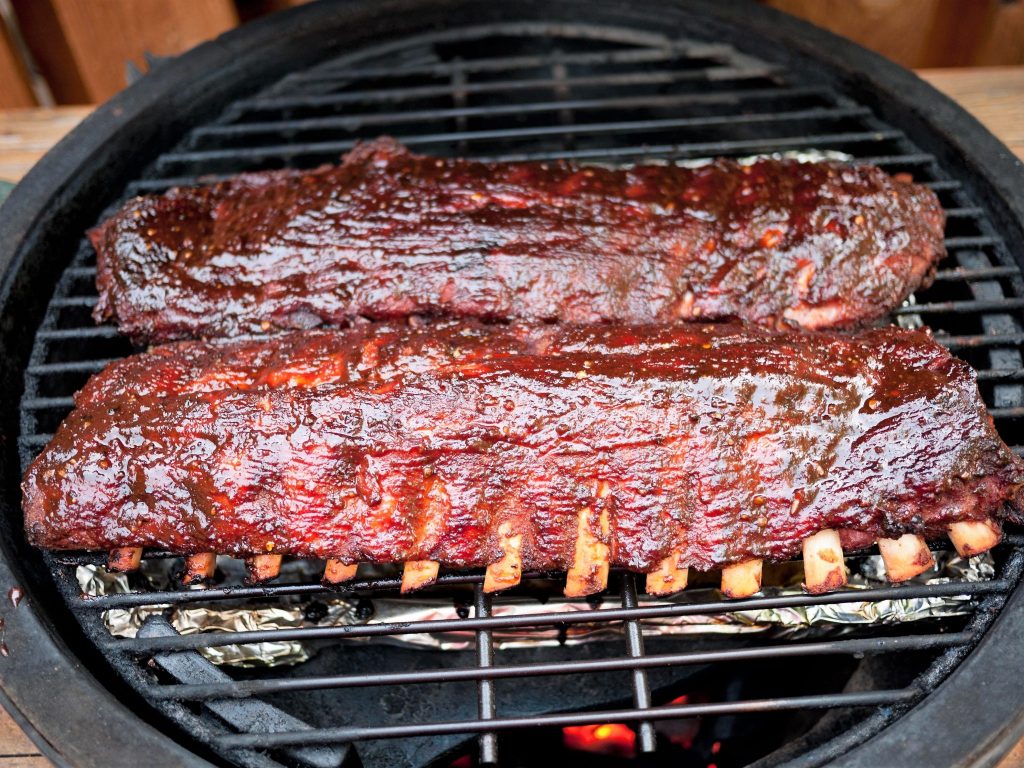
Below are my top eight tips for getting the most out of cooking on a grill. I have acquired these tips from two prominent outdoor cooking experts — Gene Cammarota and Ken Stoysich. These two individuals know a thing or two about great grilling.
Gene Cammarota is a French classically-trained, executive chef from Omaha, NE. He is well known in professional cooking circles and is also an instructor at Iowa Western Community College’s Culinary Arts Program in Council Bluffs, IA.
Referred to as “Omaha’s Sausage King,” Ken Stoysich is an award-winning, longtime meat processor and caterer in the Omaha area. Ken and his family own, manage and work the 56 year-old Stoysich House of Sausage business with locations in the metro at 24th & Bancroft and 130th & Arbor Streets.
Let’s take a look at the tips that produce excellent results every time you fire up your grill at home, for a tailgate or in the campground.
1. Have a clean rack. Avoid harmful bacteria, potential carcinogens and poorly tasting meat by always cleaning your grill racks with a nylon-bristle brush or piece of aluminum foil. Stray bristles can fall off metal grill cleaning brushes and find their way into the food you eat so those should not be used. Regular grill rack cleaning will prolong the life of your grill!
2. Olive oil all the way! Rub your steaks or chops with olive oil to prevent them from sticking to the rack and hold spices better. Olive oil also helps in raising the temperature on the surface of the meat from the heat source for a quicker and better sear. Potent herbs and spices such as sage, thyme, curry, cumin, chile and basil work well to add flavor to your olive oil rubs as well.
3. Sear on one side, cook on the other, and put a lid on it. Establish one portion of your grill to sear meat, while the other area is dedicated exclusively to cooking it. By searing the meat over high heat, you’re locking in juices for moistness. Following the searing step, you move the meat to the cooking side of the grill to be slowly cooked to the desired texture. Also, the quickest way to create a smoky flavor, keep meat or food moist, and extinguish any flare ups is to put the lid on the grill.
4. Use the lump stuff. The best way to grill meat is to use natural lump charcoal which lights faster, burns hotter, has little ash production, allows for easier temperature adjustment and imparts an unmistakable wood-smoke taste. Hardwood lump charcoal is natural and typically has no additives or fillers. It’s made from chunks of real hardwood that have been heated under controlled conditions to remove moisture and impurities.
5. Just one time on the turn, but rotate for nice grill marks. Generally, meat on the grill should be turned or flipped just one time. Keep in mind that each time you turn or flip the meat, the cooking process has to restart. For steaks, place them on the grill at a 45° angle to the bars. Grill for 2 minutes, and then rotate the steaks 90° without turning them over. This makes for nice crosshatch grill marks. Turn your steak when the juices start to bubble on the uncooked side of it (the clearer the juice, the more well done the meat), approximately 4-6 minutes for a 1″ steak or 8-10 minutes for a 2″ steak. The proper way to turn is with long-handled tongs or heavy duty spatula. Never stab the meat with a fork, because this will cause all the juices to run onto the coals and create a flavorless, dry steak and possibly a fire flare up.
6. Let it rest. Once your meat is off the grill, wait at least 10 minutes before cutting into it, 15 minutes would be optimum. This gives the muscle fibers a chance to relax and allows the juices a chance to settle back into the center of the meat as it cools. That is where the flavor lies. Have tin foil ready and completely enclose the meat in foil before slicing it. Adding flavoring elements, like a dash of apple juice to ribs or a sprinkle of dry rub to steak, is also a good idea just after the resting period. Be sure to slice across the grain of the meat before serving so that the juices redistribute inside of it.
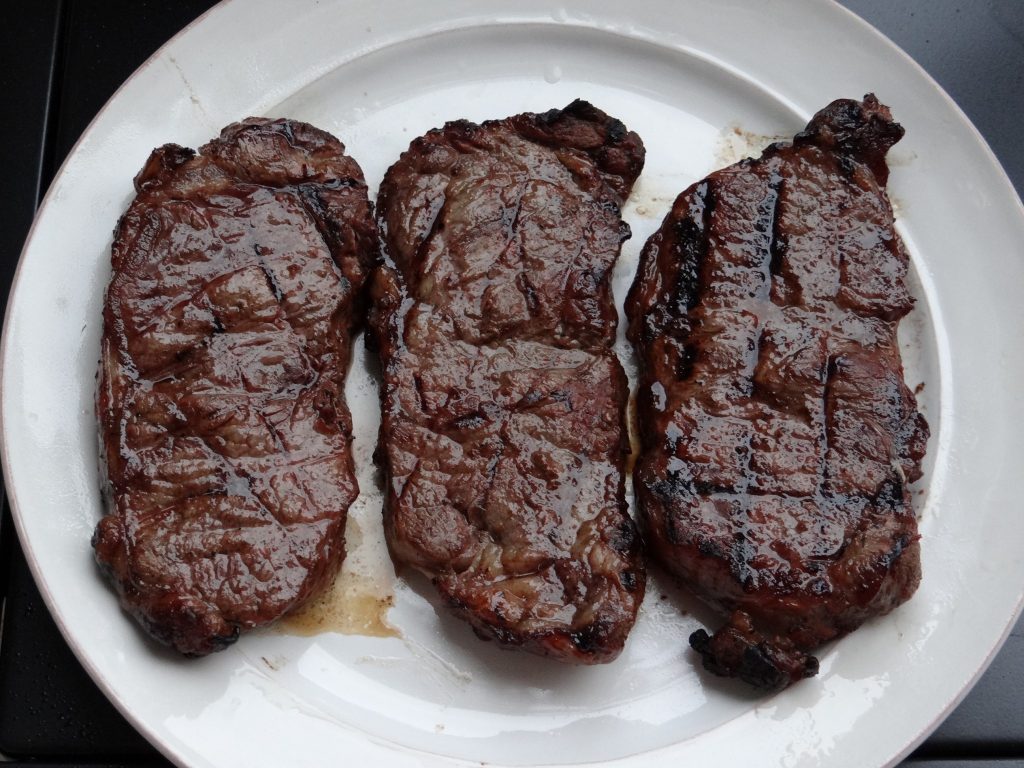
7. Get that lean wild game meat on the barby, but cook it a little differently. The flavor of wild game meat is elevated even more with outdoor grilling. However, there are key things to remember when grilling lean wild game meat. Select thicker cuts, if possible. Have your meat processor cut your steaks at least 1 inch thick, though 1 1/2 inches is even better. Wild game steaks and ribs retain more natural juices if the cuts are thick. Some cuts of wild game, particularly thinner ones, really benefit from a little tenderizing and flavoring. Add fat or moisture through bacon barding, marinating, brining, etc. Cook thoroughly, but quickly, to not dry out the meat. And, don’t overcook, serve medium-rare.
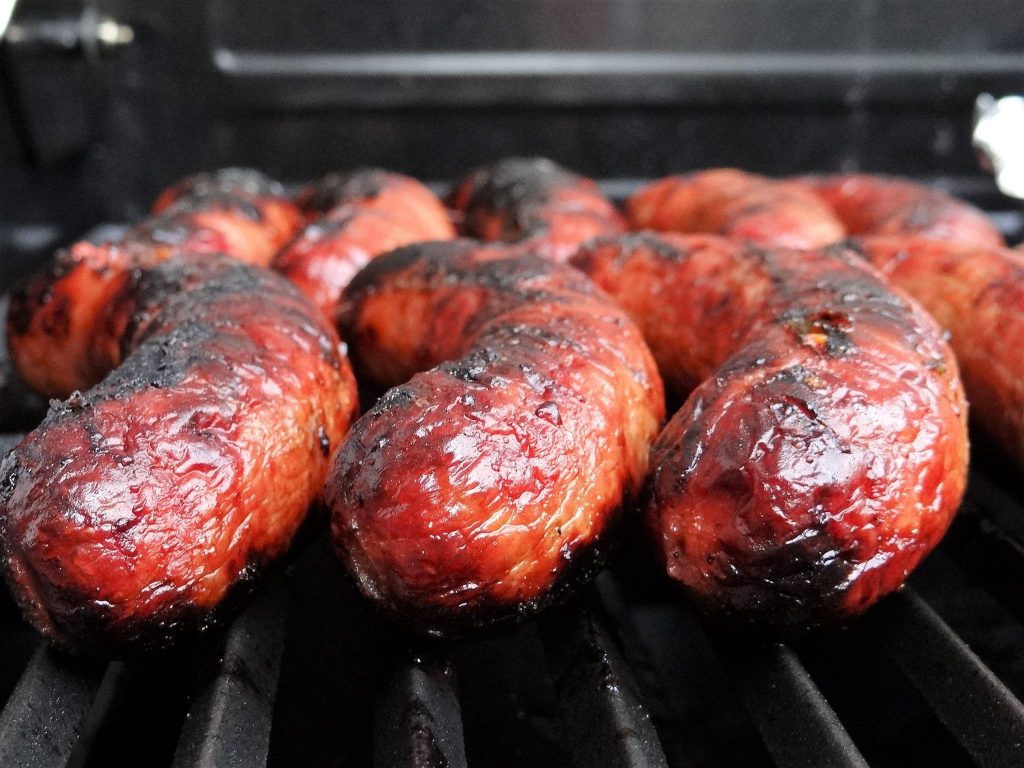
8. Taters are tailor-made for the grill. Potatoes are thick and tough, a versatile vegetable, and easily grilled. You can grill them hot and fast, or low and slow if you want. What’s important is to keep those potato skins oiled and they’ll turn out beautifully. Slice or cut them up into small pieces and then put them on a sheet of foil large enough so they can be wrapped up. Top them with olive oil, balsamic vinegar, seasonings, etc., essentially with anything that isn’t going to burn up (no cheese, please).
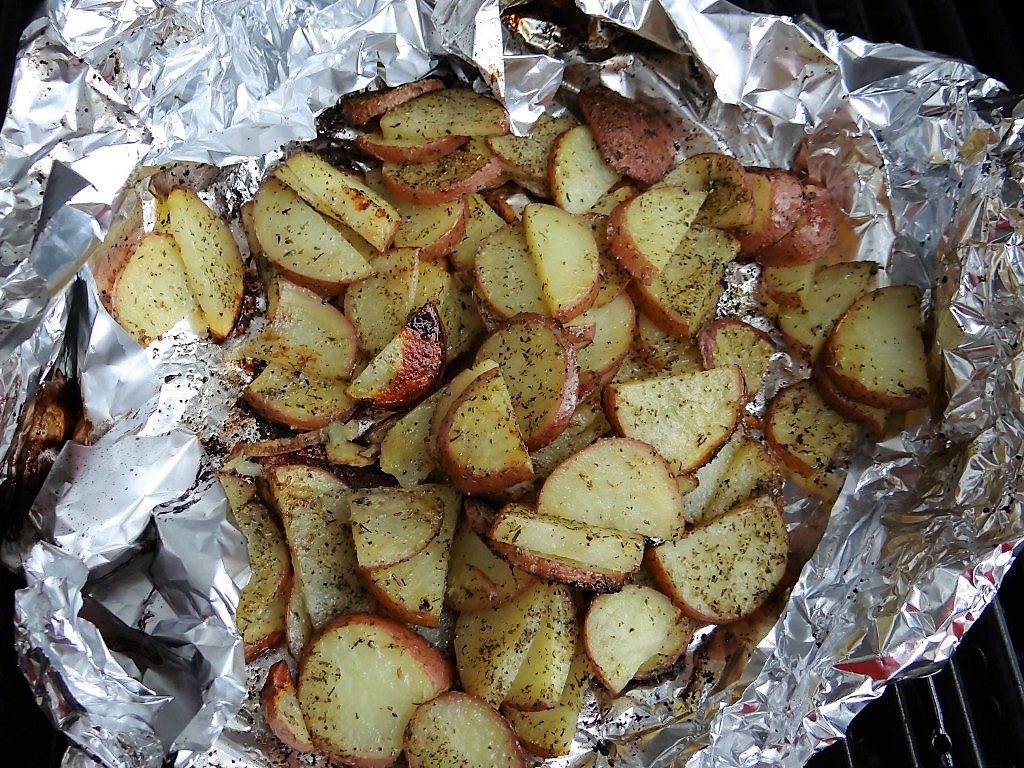
The post 8 Great Grilling Tips appeared first on NEBRASKALand Magazine.














